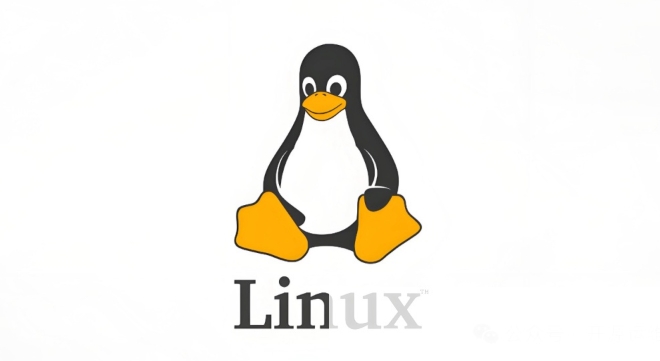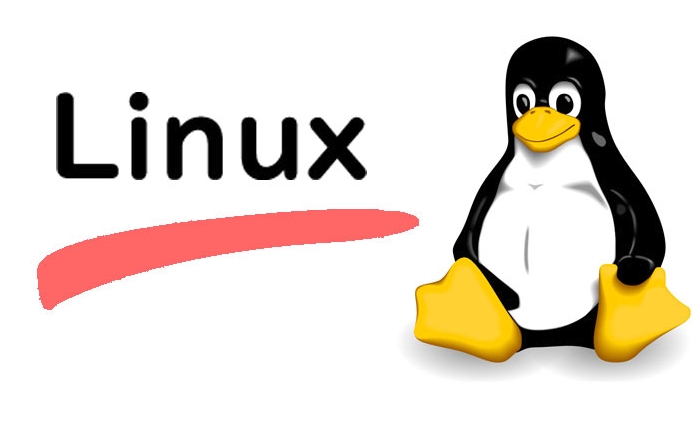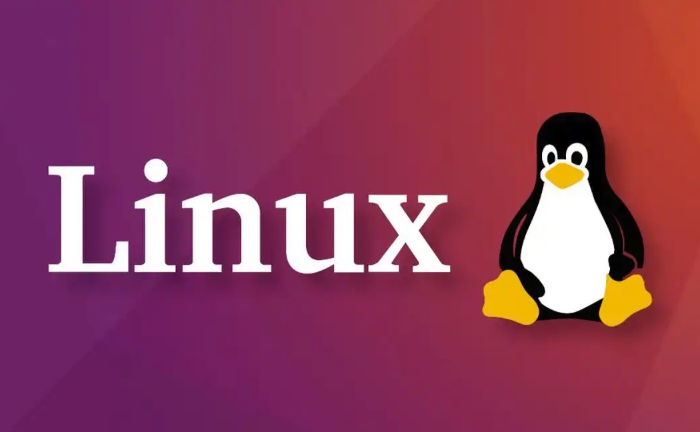Linux can run on modest hardware with specific minimum requirements. A 1 GHz processor (x86 or x86_64) is needed, with a dual-core CPU recommended. RAM should be at least 512 MB for command-line use or 2 GB for desktop environments. Disk space requires a minimum of 5–10 GB, though 25 GB is better for additional software. Basic integrated graphics are sufficient, with some needing 3D support. Common supported architectures include x86 (32-bit), x86_64 (64-bit), and ARM. For installation, a 4 GB USB drive is typically required, though DVDs or network boot are alternatives. Partitioning includes a 15–20 GB root partition, swap space equal to or double RAM size, and an optional home partition. Some distros offer automatic partitioning, while others allow manual setup.

If you're thinking about installing Linux, the good news is that it's pretty lightweight compared to other operating systems. You don’t need the latest high-end hardware to get it running smoothly. That said, there are some basic system requirements you should be aware of before diving in.

Minimum Hardware Requirements
Most modern Linux distributions can run on relatively modest hardware. Here’s a general idea of what you’ll need:

- Processor (CPU): At least a 1 GHz processor (x86 or x86_64). Newer distros usually recommend a dual-core CPU for better performance.
- Memory (RAM): For a minimal command-line system, 512 MB might be enough, but for a full desktop environment like GNOME or KDE, aim for at least 2 GB or more.
- Disk Space: A basic installation can take as little as 5–10 GB, but if you plan to install additional software and updates, go for at least 25 GB.
- Graphics: Most distros work fine with basic integrated graphics. Some may require 3D acceleration support for full desktop effects.
If you’re installing Linux on an older machine, even something from the early 2010s should handle most distributions without issues.
Supported Architectures
Linux supports a wide range of hardware architectures, not just your standard PC setup. The most common ones are:

- x86 (32-bit): Older PCs used this, but many newer distros are moving away from 32-bit support.
- x86_64 (64-bit): This is the standard for most modern computers.
- ARM: Popular for single-board computers like Raspberry Pi.
Make sure to download the correct version of the distro that matches your architecture. If you're unsure, 64-bit is safe for most modern laptops and desktops.
Bootable Media and Installation Options
Before installing, you’ll need a way to boot into the Linux installer. Here’s what’s typically used:
- USB Drive: A minimum of 4 GB is usually required, though some distros may need more depending on their size.
- DVD or CD: Less common these days due to smaller storage limits.
- Network Boot (PXE): Useful in enterprise or lab environments.
You can use tools like Rufus (on Windows) or dd (on Linux/macOS) to create a bootable USB drive. Once created, make sure your BIOS or UEFI settings allow booting from USB.
Partitioning and Disk Setup
Linux has specific partitioning needs, especially if you're dual-booting or starting fresh. Here are a few things to consider:
-
Root (
/) Partition: This is where the OS lives. A minimum of 15–20 GB is recommended. - Swap Space: Acts like virtual memory. Usually equal to or double your RAM size, though less is fine if you have plenty of RAM.
-
Home (
/home) Partition (optional): Keeps your personal files separate from the OS, which helps when reinstalling or upgrading.
Some distros offer automatic partitioning during installation, while others give you full control. If you're new, stick with the default unless you have specific needs.
That’s basically all you need to know to get started. It’s not super strict, but it’s worth checking your hardware against your chosen distro’s specs before jumping in.
The above is the detailed content of System requirements to install linux. For more information, please follow other related articles on the PHP Chinese website!

Hot AI Tools

Undress AI Tool
Undress images for free

Undresser.AI Undress
AI-powered app for creating realistic nude photos

AI Clothes Remover
Online AI tool for removing clothes from photos.

Clothoff.io
AI clothes remover

Video Face Swap
Swap faces in any video effortlessly with our completely free AI face swap tool!

Hot Article

Hot Tools

Notepad++7.3.1
Easy-to-use and free code editor

SublimeText3 Chinese version
Chinese version, very easy to use

Zend Studio 13.0.1
Powerful PHP integrated development environment

Dreamweaver CS6
Visual web development tools

SublimeText3 Mac version
God-level code editing software (SublimeText3)

Hot Topics
 Quick PHP Installation Tutorial
Jul 18, 2025 am 04:52 AM
Quick PHP Installation Tutorial
Jul 18, 2025 am 04:52 AM
ToinstallPHPquickly,useXAMPPonWindowsorHomebrewonmacOS.1.OnWindows,downloadandinstallXAMPP,selectcomponents,startApache,andplacefilesinhtdocs.2.Alternatively,manuallyinstallPHPfromphp.netandsetupaserverlikeApache.3.OnmacOS,installHomebrew,thenrun'bre
 PHP 8 Installation Guide
Jul 16, 2025 am 03:41 AM
PHP 8 Installation Guide
Jul 16, 2025 am 03:41 AM
The steps to install PHP8 on Ubuntu are: 1. Update the software package list; 2. Install PHP8 and basic components; 3. Check the version to confirm that the installation is successful; 4. Install additional modules as needed. Windows users can download and decompress the ZIP package, then modify the configuration file, enable extensions, and add the path to environment variables. macOS users recommend using Homebrew to install, and perform steps such as adding tap, installing PHP8, setting the default version and verifying the version. Although the installation methods are different under different systems, the process is clear, so you can choose the right method according to the purpose.
 Fixed the failure to upload files in Windows Google Chrome
Jul 08, 2025 pm 02:33 PM
Fixed the failure to upload files in Windows Google Chrome
Jul 08, 2025 pm 02:33 PM
Have problems uploading files in Google Chrome? This may be annoying, right? Whether you are attaching documents to emails, sharing images on social media, or submitting important files for work or school, a smooth file upload process is crucial. So, it can be frustrating if your file uploads continue to fail in Chrome on Windows PC. If you're not ready to give up your favorite browser, here are some tips for fixes that can't upload files on Windows Google Chrome 1. Start with Universal Repair Before we learn about any advanced troubleshooting tips, it's best to try some of the basic solutions mentioned below. Troubleshooting Internet connection issues: Internet connection
 How to install Go
Jul 09, 2025 am 02:37 AM
How to install Go
Jul 09, 2025 am 02:37 AM
The key to installing Go is to select the correct version, configure environment variables, and verify the installation. 1. Go to the official website to download the installation package of the corresponding system. Windows uses .msi files, macOS uses .pkg files, Linux uses .tar.gz files and unzip them to /usr/local directory; 2. Configure environment variables, edit ~/.bashrc or ~/.zshrc in Linux/macOS to add PATH and GOPATH, and Windows set PATH to Go in the system properties; 3. Use the government command to verify the installation, and run the test program hello.go to confirm that the compilation and execution are normal. PATH settings and loops throughout the process
 How to find my private and public IP address in Linux?
Jul 09, 2025 am 12:37 AM
How to find my private and public IP address in Linux?
Jul 09, 2025 am 12:37 AM
In Linux systems, 1. Use ipa or hostname-I command to view private IP; 2. Use curlifconfig.me or curlipinfo.io/ip to obtain public IP; 3. The desktop version can view private IP through system settings, and the browser can access specific websites to view public IP; 4. Common commands can be set as aliases for quick call. These methods are simple and practical, suitable for IP viewing needs in different scenarios.
 What is the code number of Bitcoin? What style of code is Bitcoin?
Jul 22, 2025 pm 09:51 PM
What is the code number of Bitcoin? What style of code is Bitcoin?
Jul 22, 2025 pm 09:51 PM
As a pioneer in the digital world, Bitcoin’s unique code name and underlying technology have always been the focus of people’s attention. Its standard code is BTC, also known as XBT on certain platforms that meet international standards. From a technical point of view, Bitcoin is not a single code style, but a huge and sophisticated open source software project. Its core code is mainly written in C and incorporates cryptography, distributed systems and economics principles, so that anyone can view, review and contribute its code.
 System requirements to install linux
Jul 20, 2025 am 03:49 AM
System requirements to install linux
Jul 20, 2025 am 03:49 AM
Linuxcanrunonmodesthardwarewithspecificminimumrequirements.A1GHzprocessor(x86orx86_64)isneeded,withadual-coreCPUrecommended.RAMshouldbeatleast512MBforcommand-lineuseor2GBfordesktopenvironments.Diskspacerequiresaminimumof5–10GB,though25GBisbetterforad
 How to use the `shutdown` command
Jul 15, 2025 am 12:26 AM
How to use the `shutdown` command
Jul 15, 2025 am 12:26 AM
The shutdown command of Linux/macOS can be shut down, restarted, and timed operations through parameters. 1. Turn off the machine immediately and use sudoshutdownnow or -h/-P parameters; 2. Use the time or specific time point for the shutdown, cancel the use of -c; 3. Use the -r parameters to restart, support timed restart; 4. Pay attention to the need for sudo permissions, be cautious in remote operation, and avoid data loss.






